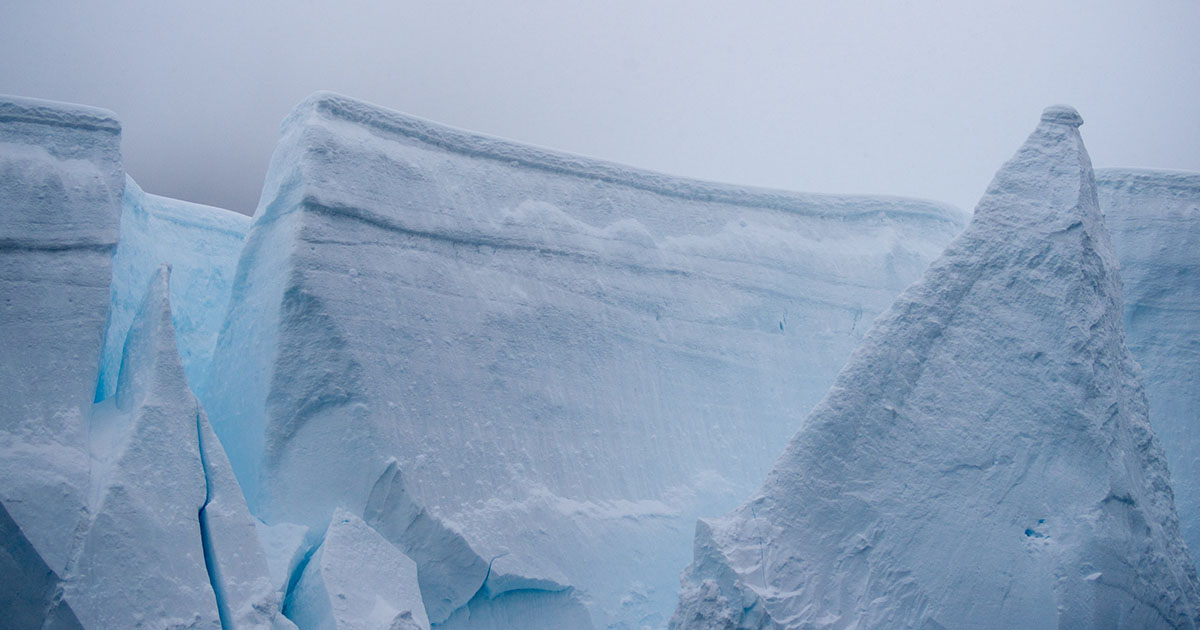The Great Lakes, a vast and iconic natural wonder, have captured the imaginations of people for centuries. These five massive bodies of freshwater hold over 80% of North America’s surface freshwater and are a source of natural beauty and ecological significance. But how did they come to be?
In this blog, we will explore the fascinating geological story of how the Great Lakes were formed, a tale spanning millions of years.
- Glacial Sculptors: The primary architects of the Great Lakes were colossal ice sheets that advanced and retreated during the last Ice Age, known as the Wisconsin Glacial Episode, which occurred roughly 10,000 to 75,000 years ago. These immense sheets of ice, sometimes thousands of feet thick, scoured the landscape, carving out deep basins and shaping the terrain we now recognize as the Great Lakes.
- Glacial Lake Algonquin: One of the crucial elements in the formation of the Great Lakes was a temporary proglacial lake known as Glacial Lake Algonquin. This prehistoric lake was a predecessor to today’s lakes and formed as the ice sheets retreated. It covered a large portion of what would later become Lake Huron, Lake Michigan, and Lake Superior.
- Rebounding Earth: The process of glaciation and deglaciation exerted immense pressure on the Earth’s crust. When the glaciers retreated, the land began to rebound due to the release of this pressure. This geological phenomenon, known as isostatic rebound, continues today, causing the northern shorelines of the Great Lakes to rise while the southern shorelines gradually sink.
- Lake Erie and Lake Ontario: Lake Erie and Lake Ontario have slightly different histories. Lake Erie’s formation was closely tied to Glacial Lake Maumee, which was a precursor to the modern lake. Lake Ontario, on the other hand, was shaped by Glacial Lake Iroquois, which eventually drained into the St. Lawrence River.
- Post-Glacial Evolution: As the glaciers continued to retreat and the land rebounded, the modern Great Lakes took shape. River systems, such as the St. Lawrence River and the Niagara River, began connecting these basins to the Atlantic Ocean and each other, allowing water to flow freely and form the interconnected network of the Great Lakes.
The formation of the Great Lakes is a geological marvel, the result of millions of years of earth-shaping forces, most notably the profound influence of the last Ice Age. Understanding the origins of these magnificent bodies of water not only enriches our appreciation for their natural beauty but also underscores the dynamic and ever-evolving nature of the planet we call home. The Great Lakes stand as a testament to the enduring power of geology and the remarkable story of Earth’s ongoing transformation.
Looking for a phenomenal glacial mask from the Great Lakes? Try Our Marvelous Mask – Mineral Rich Glacial Clay.

